This post may contain affiliate links. For full information, please see our disclaimer here and our Privacy Policy here.
Welcome to the Solo Female Travel Safety Tips and Advice page for Congo, DRC!
This page is brought to you by Solo Female Travelers Tours, our curated small group trips for women, by women.
On this page you will find first-hand, unbiased, and real safety tips, advice and reviews from women traveling solo, submitted directly from their personal experiences in the country.
Their opinions are unfiltered and submitted independently as part of the Solo Female Travel Safety Index, a ranking of 210 countries and regions based on how safe they are for women traveling solo.
The safety scores range from 1 to 4 with 1 being the safest and 4 being the most dangerous for solo female travelers.
You don’t need to login to read the below reviews. But do sign up or login to share your solo travel experiences, country safety rating and comments.
Jump straight to: Travel Tips | About the Index | Resources I Leave a Review
MAKE A DIFFERENCE – LEAVE YOUR SAFETY REVIEWS!
We can make the world a safer place for women traveling solo together. Sign up to our portal and leave your reviews NOW. Share your experience with other solo female travelers and help us empower more women through travel.
Congo, DRC Country data
We have compiled a few data points below that can help you better understand Congo, DRC and have more context when thinking about travel safety.
Official country name: Democratic Republic of the Congo.
Etymology: The DRC is named for the Congo River, most of which lies within the country. The river name derives from Kongo, a Bantu kingdom that occupied its mouth at the time of Portuguese discovery in the late 15th century and whose name stems from its people the Bakongo, meaning "hunters".
Country map
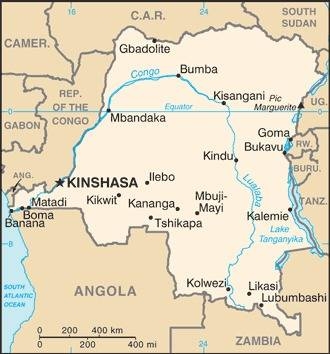
Locator map
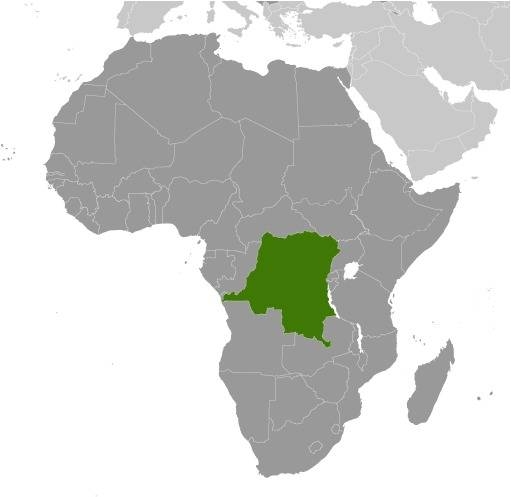
Flag

Capital: Kinshasa.
Independence / foundation: The Kingdom of Kongo ruled the area around the mouth of the Congo River from the 14th to 19th centuries.
To the center and east, the Kingdoms of Luba and Lunda ruled from the 16th and 17th centuries to the 19th century.
in the 1870s, European exploration of the Congo Basin, sponsored by King Leopold II of Belgium, eventually allowed the ruler to acquire rights to the Congo territory and to make it his private property under the name of the Congo Free State.
During the Free State, the king's colonial military forced the local population to produce rubber. From 1885 to 1908, millions of Congolese people died as a result of disease and exploitation.
International condemnation finally forced Leopold to cede the land to Belgium, creating the Belgian Congo.The Republic of the Congo gained its independence from Belgium in 1960, but its early years were marred by political and social instability.
Population: 112 million.
Currency: Congolese Franc (CDF)
1 USD = 2,768 - 2,860 CDF
1 EUR = 2,987 - 3,037 CDF
Time zone: UTC+1
Languages spoken: French (official), Lingala (a lingua franca trade language), Kingwana (a dialect of Kiswahili or Swahili), Kikongo, Tshiluba.
Religions: Roman Catholic 30%, Protestant 27%, other Christian 36%, Kimbanguist 3%, Muslim 1%, other (includes syncretic sects and indigenous beliefs) 1%, none 1%, unspecified <1% .
Climate: Tropical climate. Hot and humid in the equatorial river basin, cooler and drier in southern highlands, cooler and wetter in eastern highlands.
North of the Equator, there is a wet season from April to October, and a dry season from December to February. South of the Equator, there is a wet season from November to March and dry season from April to October.
Real GDP (ppp – purchasing power parity): $112 billion.
Real GDP per capita (ppp): $1,100.
Main airports: Ndjili International Airport, Lubumbashi International Airport, Mbandaka Airport.
World heritage sites in Congo, DRC
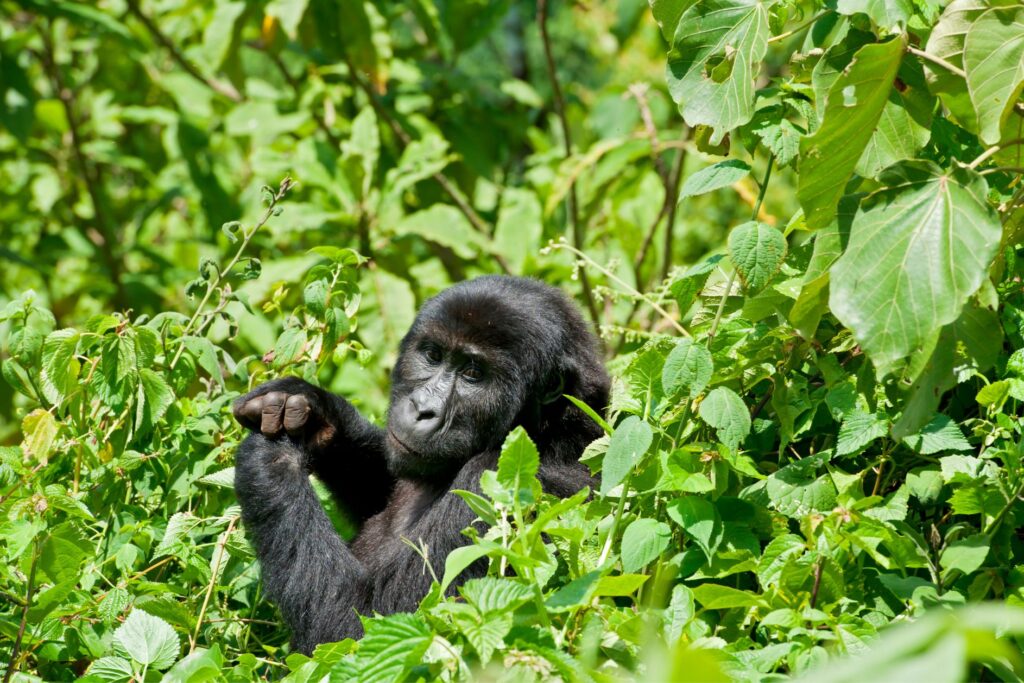
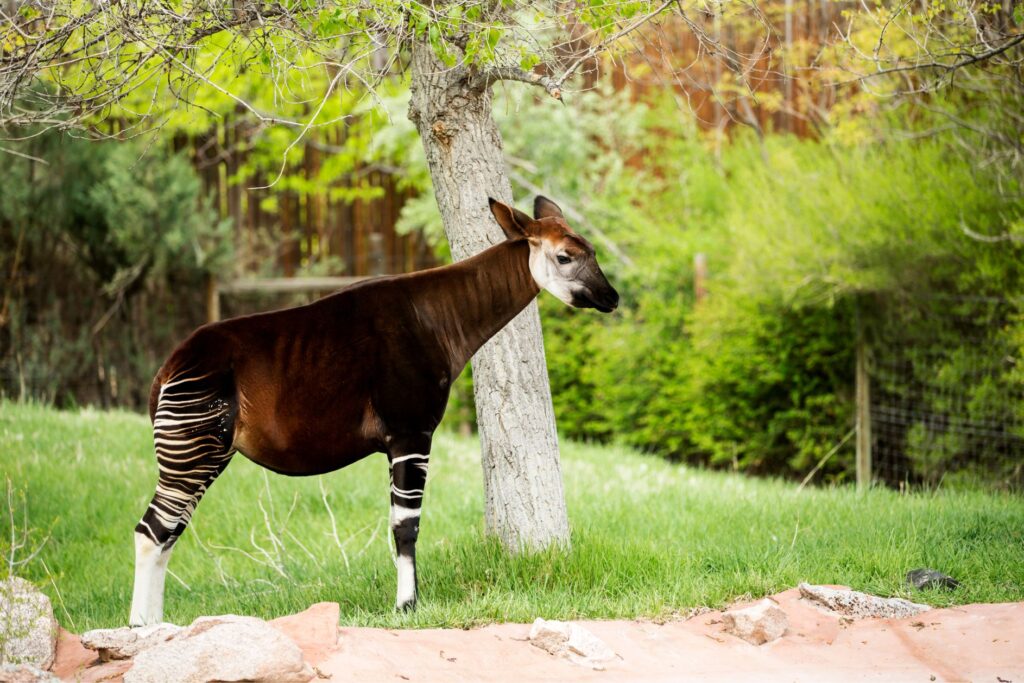
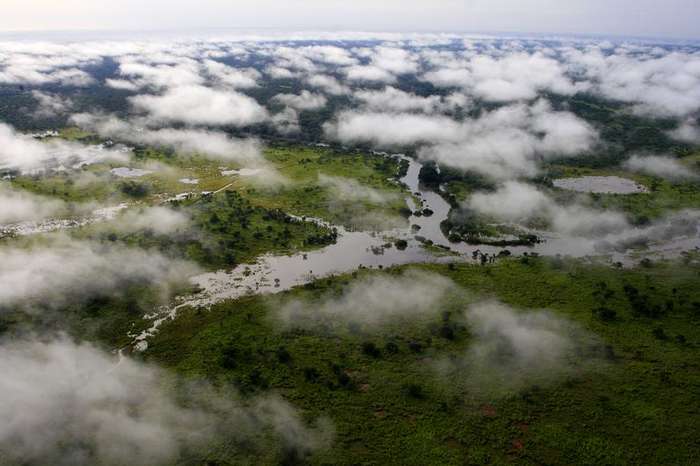
There are over 1,100 world heritage sites spread across more than 165 countries. New ones are added every year, and some may be removed from the list for various reasons.
Number of UNESCO listed sites: 5.
Top world heritage sites:
- Garamba National Park.- Kahuzi-Biega National Park.
- Okapi Wildlife Reserve.
- Virunga National Park.
- Salonga National Park.
Interesting facts about Congo, DRC



- The people of the DRC represent over 200 ethnic groups, with roughly 250 languages and dialects spoken throughout the country.
- The Congolese have suffered over two decades of armed conflict with over 5 million people dead because of war. This makes it the deadliest conflict since World War II.
- DRC is home to the oldest national park in Africa, the Virunga National Park, which is home to rare mountain gorillas, lions, and elephants and is shared with Uganda and Rwanda.
Further reading: N/A.
Congo, DRC Travel tips
Socket type: C / D / E. Guide to socket types.
Weekend days: Saturday and Sunday.
Driving: Cars drive on the Right.
Local taxi apps: KiwiGo, RoiTaxi.
Travel Guides: Bradt Guide.
Languages spoken: French (official), Lingala (a lingua franca trade language), Kingwana (a dialect of Kiswahili or Swahili), Kikongo, Tshiluba.
Basic words and phrases in the main language:
Hello: BonjourPlease: S’il vous plaît
Thank you: Merci
Help: Pouvez-vous m’aider?
Learn more with our favorite learning app Mondly.
Find a hotel in Congo, DRC
Booking.comBook tours and activities:
Not available.More about Congo, DRC on Solo Female Travelers
Coming soon.Did you spot any errors? We do our best to keep this information updated and accurate, but things change. If you saw anything that is not right, let us know so we can fix it: [email protected].
About the Solo Female Travel Safety Index
Safety matters to solo female travelers, you told us so in our annual Solo Female Travel Survey, where year after year, women prove that this is their most important concern when traveling solo.
We wanted to do something about it, so we built these country-specific pages where you can find reviews and scores for 7 key variables affecting the safety of women traveling solo.
Variables
- Risk of scam
- Risk of theft
- Risk of harassment
- Attitudes towards women
- UK Travel Advisory
- US Travel advisory
- Global Peace Index (GPI)
Informing OSAC
The Solo Female Travel Safety Score is used by the Overseas Security Advisory Council for including safety concerns for women travelers in their country security reports; OSAC is a partnership between the U.S. Department of State and private-sector security community.
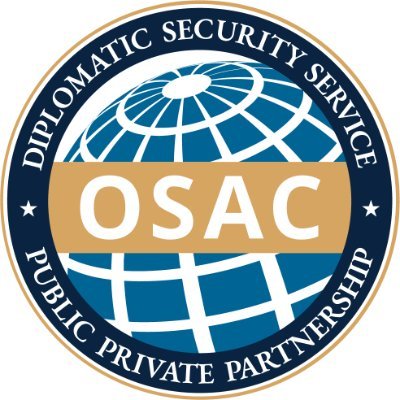
How to use the Safety Index
On this page, you will find the country score and the personal opinions on safety of other women traveling solo.
You can sort the comments by:
- The level of experience traveling solo of the reviewer (beginner = <5 trips solo, Intermediate = 5 to 10 trips solo, Experienced = >10 trips solo).
- The age of the traveler.
- Whether they are a visitor or local.
- The date they were posted.
The safety scores range from 1 to 4 with 1 being the safest and 4 being the most dangerous for solo female travelers.
Thus, the lower the score, the safer the country.
Looking for more safety resources?
This entire website is devoted to helping women travel solo. Check out the links below to learn more:
Solo Female Travel Stats: Results from the the largest, most comprehensive and only global research study on solo female travel trends, preferences and behaviors published.
Thanks to Jacobo Vilella for creating the Solo Female Travelers Safety Index ❤️






